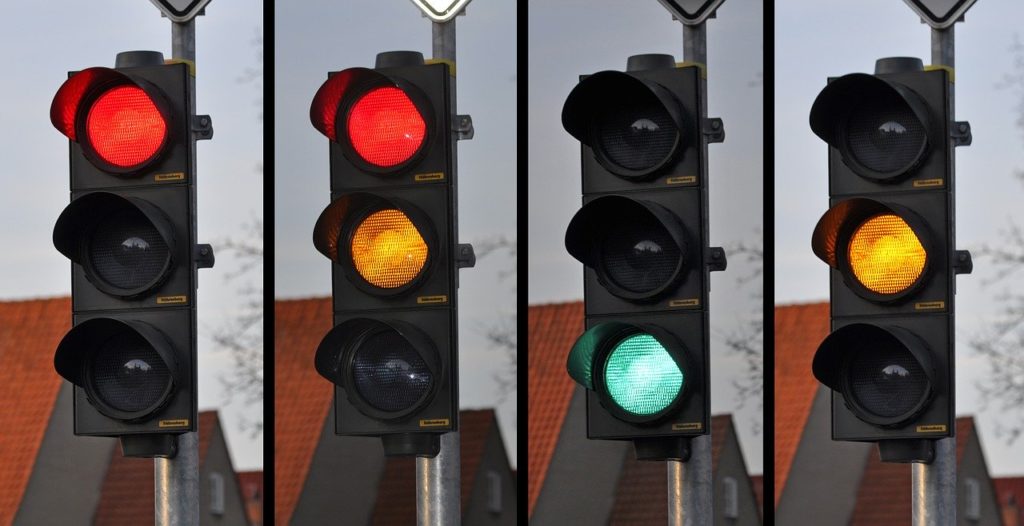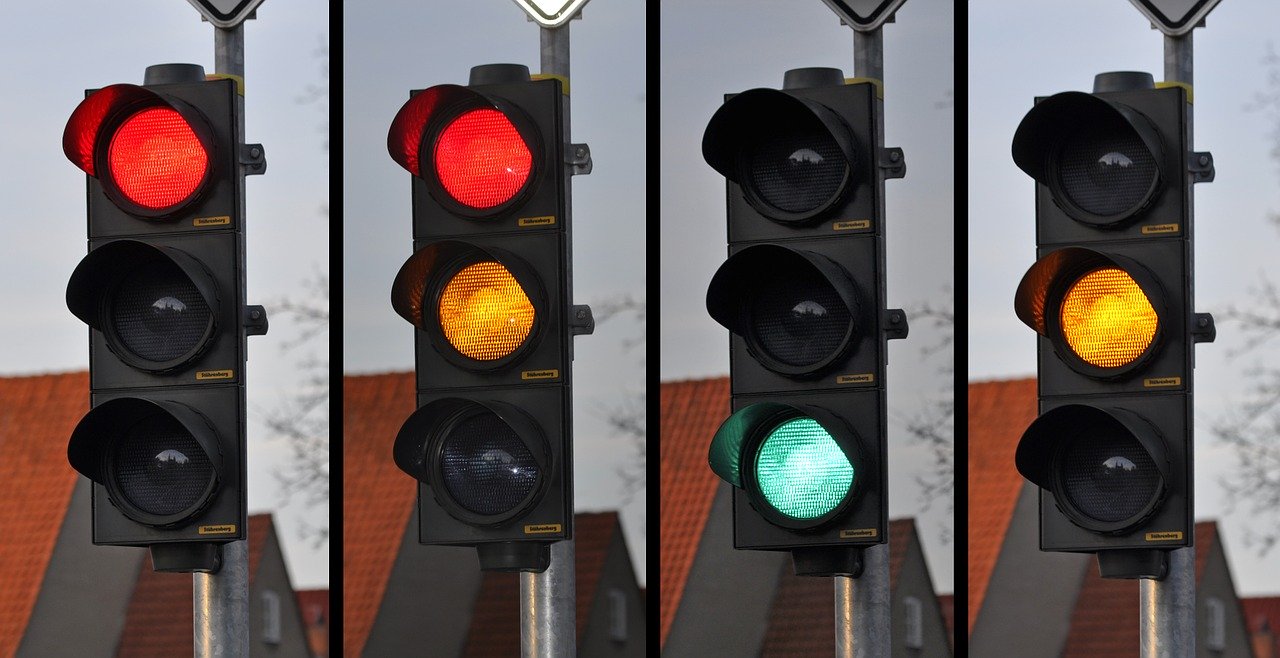When it comes to project status, beware the all green. Nothing is ever truly green, on a business transformation project at least.
All too often during a transformation, you see reports that everything’s “all good.” While, on the surface, this sounds like a positive thing, it’s actually putting your success in danger.
The Challenge of Living in a Green Reality

The problem with a green status is that it indicates there is nothing to improve upon. It provides a false sense of security. Green tells us that everything is “perfect,” but we know that perfection is never truly unattainable, and pretending it exists creates an attitude of complacency.
Green tells us that we have already succeeded, but success is a future, not a current state. Achievement is a habit, not a mindset, and you have to protect and reinforce your habits. You can’t do that by coasting on green.
Also, it’s important to remember that leaders are often color blind and only see green, yellow, and red, with everything else being grayed out. Green means ignore, yellow means pay attention, red means get ready to light someone up.
People who want to be invisible and escape scrutiny report status as green. Unless you deliberately create a different culture, the natural tendency is that people will go out of their way to not raise an alarm. So they make everything green until it’s too late and an issue is now blocking progress. These types of folk are dangerously in love with a rosy view of “that’s maybe a future problem,” and that’s not doing your project any favors.
So what does a green status really mean?
Green means everything is perfect until there is a problem, an inquiry, an audit, a cross-examination…pick your favorite uncomfortable experience. Green tells leadership not to think about a given activity, to ignore it based on their deliberate color blindness. If you report green, it means that if things go bad right after that, your people will be negatively impacted. And you must always take care of your people. You do this by encouraging everyone to give a more down-to-earth status than green.
A Better Yellow
Yellow is a great color. It doesn’t raise an alarm like red, but it also doesn’t sugarcoat the situation. Yellow says, “we’re not failing…but there are risks and we can do better.”
Leaders must instill the virtue of accuracy and the relentless pursuit of improvement. Tactical pessimism is a virtue! Communicate that you don’t want the rosy picture; you want to know how things could be better. If you see green across the board, worry. Someone’s lying, doesn’t understand what’s happening in their area of control, or is not pushing enough to make greater gains.
Leaders need the worst possible picture so they can make accurate decisions about how to manage risk and move forward. To that end, create a culture of “mellow yellow.” It’s collaborative, honest, and humanist. Let leadership move items from yellow to green. Give them the opportunity to make the decision when confronted with the facts that are good and which could be better. Let them own the conclusion.
It’s also okay to go from green to yellow. This means we need to pay more attention, to make some adjustments to get back on track. But, going from green to red is failure; it means lack of control or, at best, a surprise. You tend to lose credibility and your team will take the brunt of that outcome. It’s better to live in the yellow-green-yellow-green mode that keeps the focus on improvement so you never go red.
A Culture of Accountability and Transparency
You and your team’s objective should be to present the most realistic state of affairs and let leadership worry about changing the status.
Provide as much data and reality as possible at every stage. Hide nothing. Projects are most successful when everyone is painfully honest to be able to make the best decisions possible, given the information provided.
Remember: success is about everyone around you, not just you. A green status indicates there’s not a fire to put out, so everyone can pay attention to something else. Yellow says we’re starting to see smoke and should consider taking precautions; it asks for attention. Better safe than sorry. Be honest and accurate, or you end up with a forest fire.
Take care of your people, below and above. Information channels need to be free of noise, but all green statuses create a wall of noise. Faced with a wall of “all good, nothing to report,” the typical overextended leader will likely tune out from what he or she actually should be paying attention to, but the keen leader should get suspicious and see that report as a trigger to demand deep dives to understand what’s least-green.
It may seem pessimistic to hope for the best but prepare for the worst, but at least pessimists are right…or pleasantly surprised. Having a more accurate status helps you and leadership make the right decisions. It’s a culture of accountability and transparency that ensures that a project stays as close to the plan as possible, and it all starts with minimizing the proliferation of the all green status reports.
Share:


